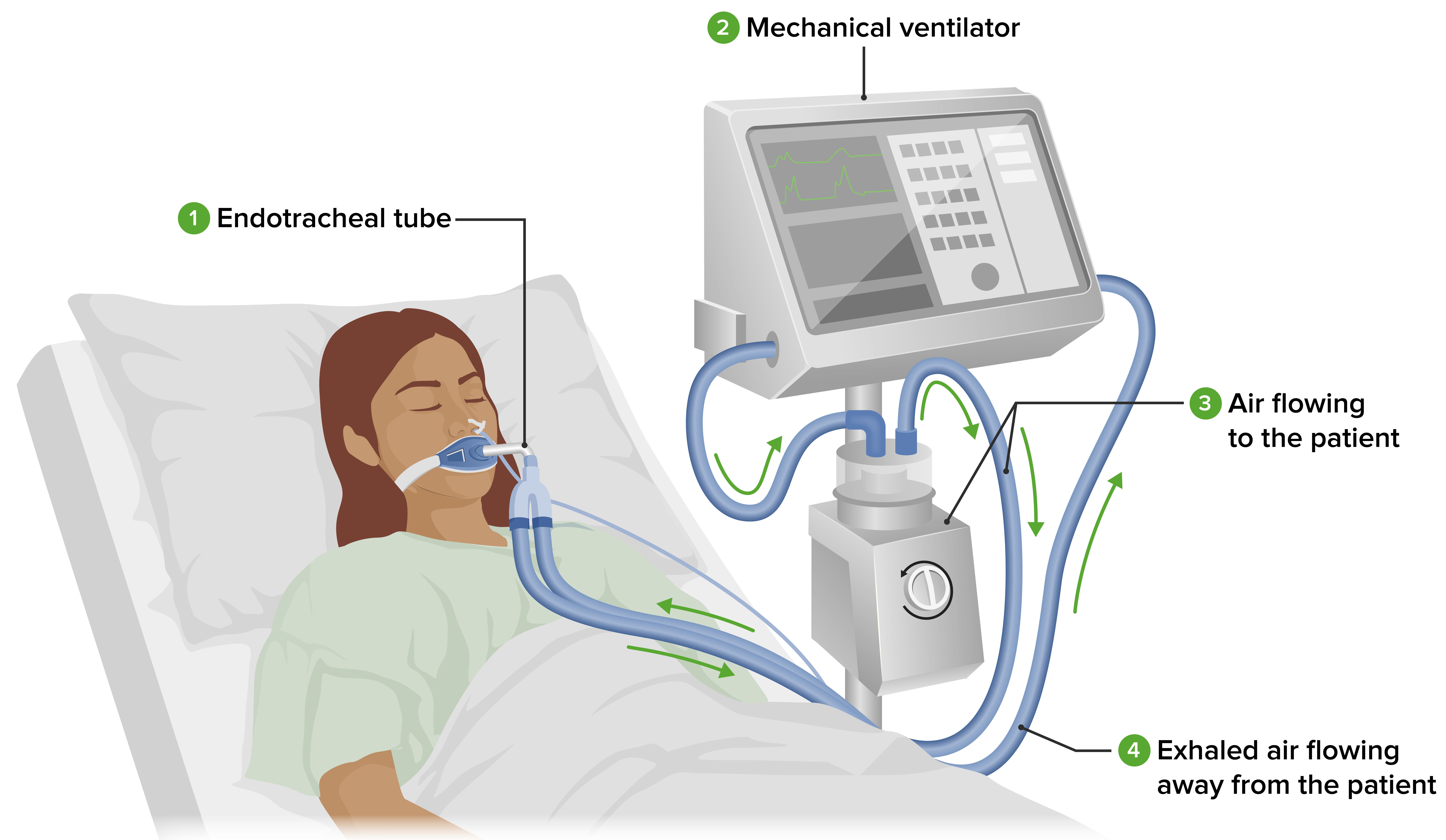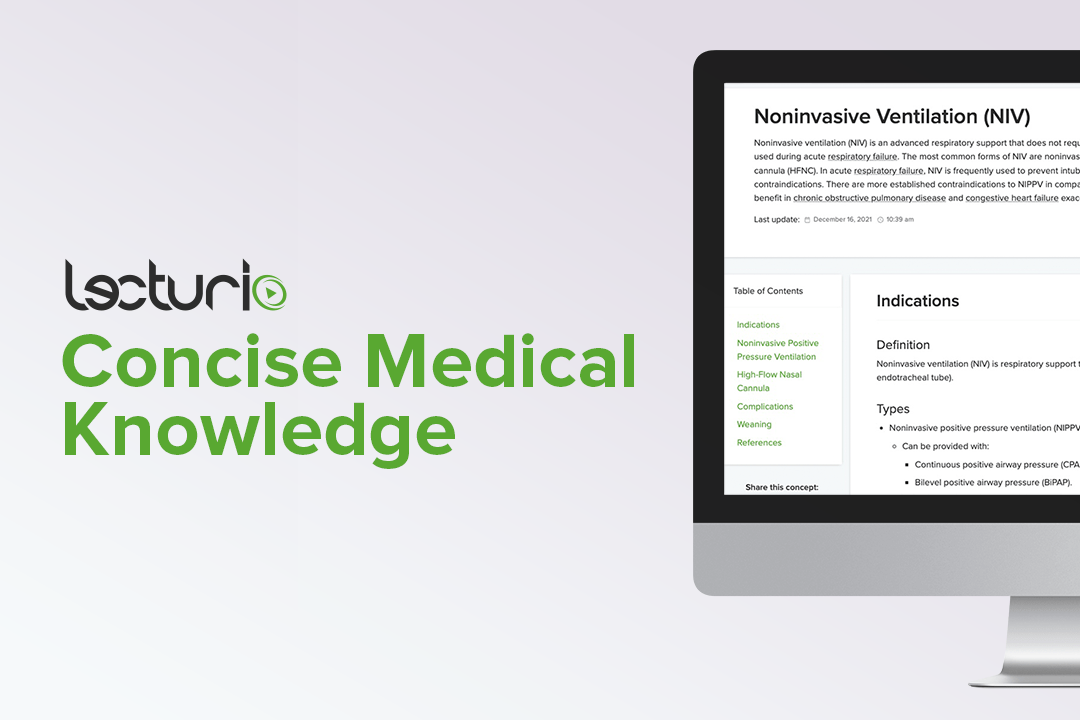Playlist
Show Playlist
Hide Playlist
Equipment for Pediatric Anesthesia – Anesthesia for Children
-
17 -Anaesthesia for children.pdf
-
Download Lecture Overview
00:00 These are the supplies that you need, the basic supplies you need to secure the pediatric airway. And the first thing you should notice is that none of these endotracheal tubes have a cuff on them. 00:11 These tubes are made to fit at the cricoid level reasonably snugly, so that there's no leak. You don't want to inflate a cuff at that level, because the pressure on the cricoid can damage the laryngeal mucosa and actually lead to the development of tracheal stenosis. So these tubes are not cuffed like they are in an adult. And you can see the various sizes from quite small to somewhat larger, and at the very bottom you see a tube that's a rather funny shaped tube, it's got about a 30 degree angle in it, and the distal part of the tube is small and there's kind of a ridge about 2/3 of the way down the tube. That ridge goes right at the incisor teeth in a newborn and the distal part of the tube goes down through the cords, and it's supposed to help the tube stabilize. It doesn't very well, so you still have to tape it in or secure it in some way. But that was the original thought when it was developed. 01:15 The use of cuffed endotracheal tubes in the pediatric population is growing in popularity. 01:20 Recent studies show that post-operative strider and other airway complications are not associated with a cuffed tube, as previously thought. 01:26 These are typical pediatric laryngoscopes. And you'll notice that even the biggest of these, which would be used in a, probably in a child up to about 8 or 9 years of age, is not as curved as the Macintosh blade that's used in adults. And the other blades, many of the blades are straight blades. The Miller blade, the straight blade, is much more commonly used in children than in adults because that epiglottis is so stiff and difficult to deal with. You actually try to put the blade under the epiglottis and lift the epiglottis, whereas in adults you put it in front of the epiglottis and lift the tongue. And it's the tongue that lifts the epiglottis. That doesn't happen predictably in small children. 02:11 So here's a child being intubated. The usual mask, bag and masking at the beginning. 02:17 You can see that the laryngoscope handle is much smaller than in an adult. That's just to make it easier to manage and balance it better. And the anesthesiologist is passing a tube. The tube is at the point that the anesthesiologist is happy with, in the fourth picture, and they will secure the tube at that point and then take over the child's breathing for them.
About the Lecture
The lecture Equipment for Pediatric Anesthesia – Anesthesia for Children by Brian Warriner, MD, FRCPC is from the course Anesthesia in Special Situations.
Included Quiz Questions
Give the main reason why pediatric endotracheal tubes are not equipped with cuffs.
- An inflated cuff can easily damage the tracheal mucosa.
- Cuffs tend to destabilize the endotracheal tube.
- They interfere with the small laryngoscope.
- They block the laryngoscope blade from getting under the epiglottis.
- They can rip on the patient's teeth.
Customer reviews
5,0 of 5 stars
| 5 Stars |
|
5 |
| 4 Stars |
|
0 |
| 3 Stars |
|
0 |
| 2 Stars |
|
0 |
| 1 Star |
|
0 |






